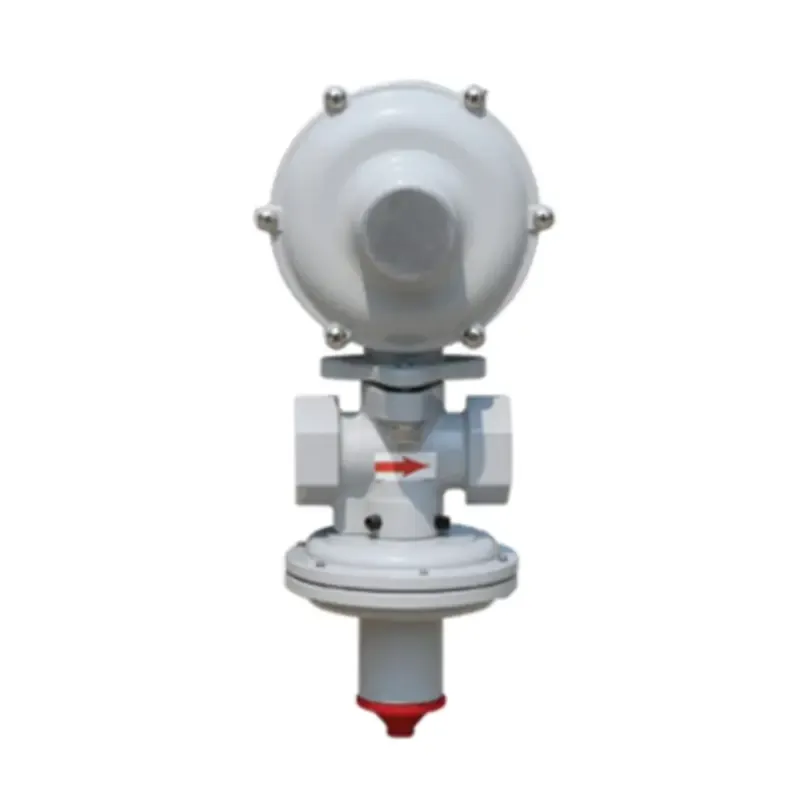
Dec . 04, 2024 09:24
Back to list
gas regulator
Understanding Gas Regulators Essential Components for Safe Gas Usage
Gas regulators serve as a critical component in the safe and efficient usage of gas in various applications, ranging from residential heating systems to industrial processes. These devices are designed to control the pressure of gas supplied from tanks or pipelines, ensuring that it meets the specific requirements of the application without risking safety or efficiency.
What is a Gas Regulator?
A gas regulator is a mechanical device that reduces the pressure of gas from a high-pressure source to a lower, controlled output pressure. The primary role of a gas regulator is to maintain consistent gas pressure under varying flow conditions. It achieves this by automatically adjusting the flow of gas based on the demand of the system it is serving. This functionality is crucial in preventing over-pressurization, which can lead to hazardous situations such as leaks, explosions, or equipment failure.
How Gas Regulators Work
The operation of a gas regulator involves several key components, including a diaphragm, spring, and an adjustment screw. When high-pressure gas enters the regulator, it exerts force on the diaphragm, which is connected to the spring. The diaphragm’s movement is what determines the flow of gas out of the regulator. If the downstream pressure goes up, the diaphragm moves to compress the spring, reducing the amount of gas that can pass through. Conversely, if there is a drop in downstream pressure, the spring expands, allowing more gas to flow through. This automatic response ensures that the outlet pressure remains steady, regardless of fluctuations in the supply or demand for gas.
Types of Gas Regulators
Gas regulators come in a variety of types, tailored for different applications and requirements. Some of the most common types include
1. Single-Stage Regulators These are typically used in low-pressure applications. They consist of one stage of pressure reduction and are suitable for systems where the inlet pressure remains fairly constant.
gas regulator

2. Two-Stage Regulators Designed for applications with high inlet pressure and a need for precise control, two-stage regulators first reduce high pressure to an intermediate level and then to the desired output pressure. This design provides better stability and is often used in more complex systems.
3. Lock-Up Pressure Regulators These regulators maintain a set outlet pressure and will shut off if the downstream pressure exceeds this threshold, providing an additional layer of safety.
4. High-Pressure Regulators Used in industrial applications, these regulators can handle high inlet pressures and are essential in systems that require a significant amount of gas at a stable pressure.
Importance of Gas Regulators
The importance of gas regulators cannot be overstated. They are integral to ensuring the safe operation of gas appliances and systems. In residential settings, gas regulators prevent appliances like furnaces, water heaters, and stoves from receiving excessive pressure, which could otherwise lead to malfunction or danger. In industrial settings, they enable precise control over processes that rely on gas, ensuring maximum efficiency and safety.
Maintenance and Safety Considerations
Regular maintenance and inspection of gas regulators are essential to ensure their proper function. Users should periodically check for leaks, ensure that the regulator is clean and free from obstructions, and confirm that the settings are appropriate for their specific use case. Adhering to manufacturer guidelines and local regulations is also crucial for maintaining safety standards.
Conclusion
In conclusion, gas regulators are vital safety devices that play a crucial role in the effective management of gas pressure across various applications. Understanding their function, types, and importance helps users appreciate the need for proper installation and maintenance, ensuring a safe and efficient gas experience. As we continue to rely on gas for heating, cooking, and industrial processes, the role of gas regulators will remain paramount in safeguarding these activities.
Next:
Latest news
-
Safety Valve Spring-Loaded Design Overpressure ProtectionNewsJul.25,2025
-
Precision Voltage Regulator AC5 Accuracy Grade PerformanceNewsJul.25,2025
-
Natural Gas Pressure Regulating Skid Industrial Pipeline ApplicationsNewsJul.25,2025
-
Natural Gas Filter Stainless Steel Mesh Element DesignNewsJul.25,2025
-
Gas Pressure Regulator Valve Direct-Acting Spring-Loaded DesignNewsJul.25,2025
-
Decompression Equipment Multi-Stage Heat Exchange System DesignNewsJul.25,2025

